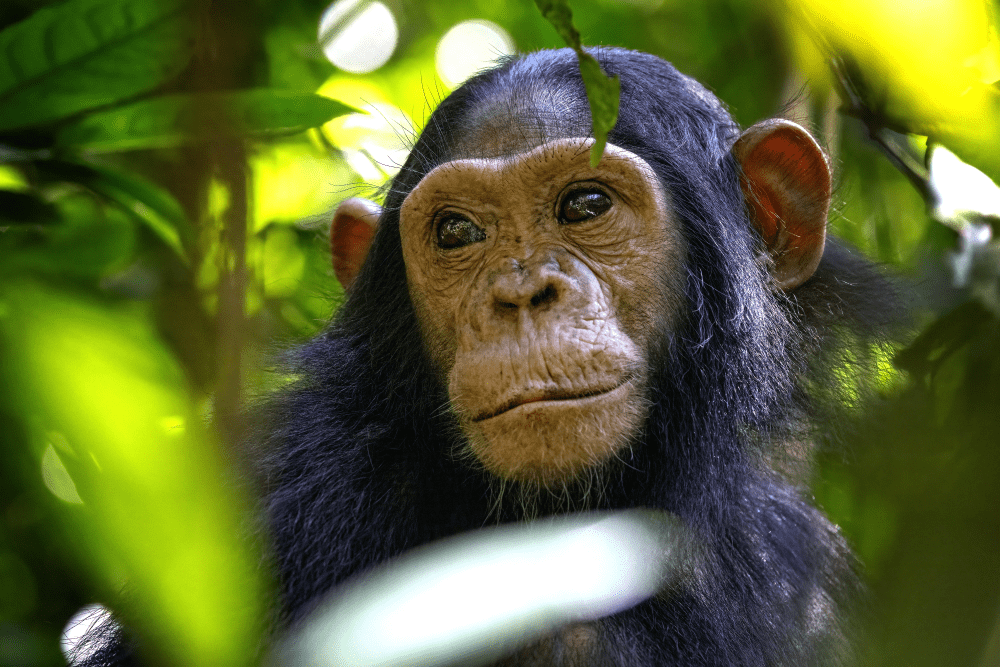The sclera isn’t something you tend to think of when imagining animals, but looking at a photo of a chimpanzee with white eyes you might get the feeling that something’s slightly off. This is because most primates have a dark sclera, which in human eyes is the white that surrounds the iris and pupil.
The evolution of a white sclera was thought to perhaps be tied to communication, as humans have an impressive ability to tell a lot from a simple look. Side eye? They’re not happy. Avoiding gaze? Something’s wrong. Rolling upwards? Why I oughta…
But what about our closest relatives? After all, we’re well aware that chimps and bonobos have remarkably complex social groups and communicate through all sorts of gestures (humans can translate half of them – see if you can in this online game). It was once thought that a white sclera was unique to humans, but it’s perhaps unsurprising that we’re increasingly realizing that isn’t actually the case.
Early cases of wild chimpanzees with white sclerae were thought to be anomalies caused by some kind of illness or mutation. However, a new review has found that eye color was highly variable in a large group of wild chimpanzees at Ngogo in Kibale National Park, Uganda. Of 230 individuals, 34 had white sclerae, and for five of these this was visible even when the animals were looking straight ahead. For the other 29, it was only noticeable if they looked left to right.
“White sclera is often considered a uniquely human trait in the scholarly literature and popular media,” wrote the authors. “Our study confirms that this is not the case. Almost 1 in 6 chimpanzees at Ngogo had full or partial white sclera in at least one eye, which tended to be more visible when gaze was averted rather than direct. Even a small amount of white or light sclera may make gaze direction more apparent.”
More often, chimps have dark sclerae that make their gaze direction harder to distinguish. Image credit: Jane Rix / Shutterstock.com
The research builds on existing papers that have found that gorillas sometimes have white sclerae too, and that actually the biggest ocular difference between us and them is the elongation of the human eye.
In 2022, an experiment tested whether humans and chimpanzees could discriminate the eye-gaze direction in photos of both species in a computer task. Their results showed that both humans and chimpanzees were better able to discriminate eye-gaze direction in the photos of humans, and in photos of chimpanzees that had been altered to give them uniformly white sclerae and dark irises. These findings could therefore support the theory that how we react to the gaze of conspecifics, and how we use ours to communicate, may have driven the evolution of the white sclera.
“Uniform whiteness in the sclera thus facilitates the visibility of eye-gaze direction even across species,” concluded the authors on the 2022 paper. “Our findings thus support but also critically update the central premises of the gaze-signaling hypothesis.”
So, next time you’re in the presence of a non-human primate don’t go giving them any funny looks. They may be more perceptive than you realize…
The 2023 paper was published in the Journal Of Human Evolution.
Source Link: Side-Eye May Be More Common Among Primates Than We Realized
